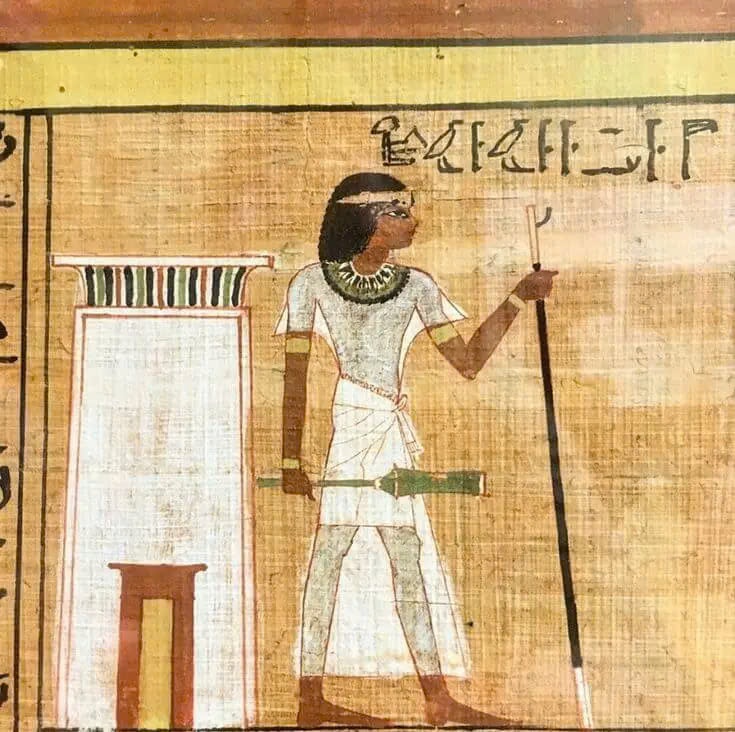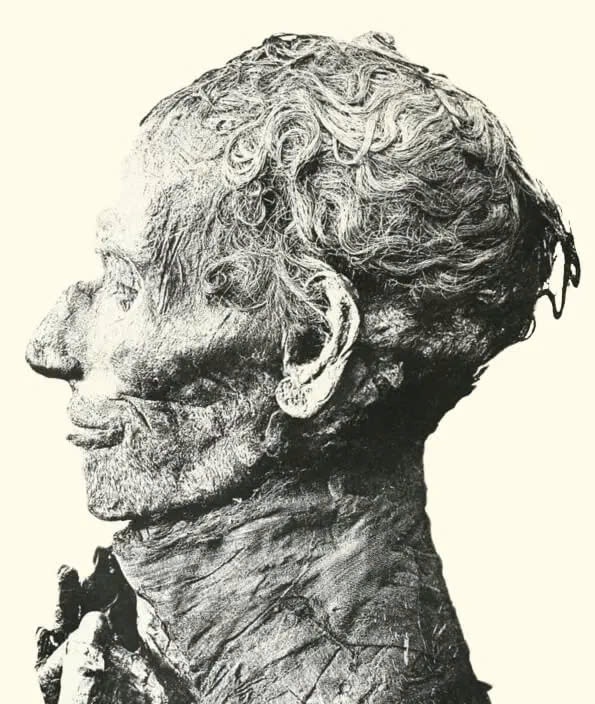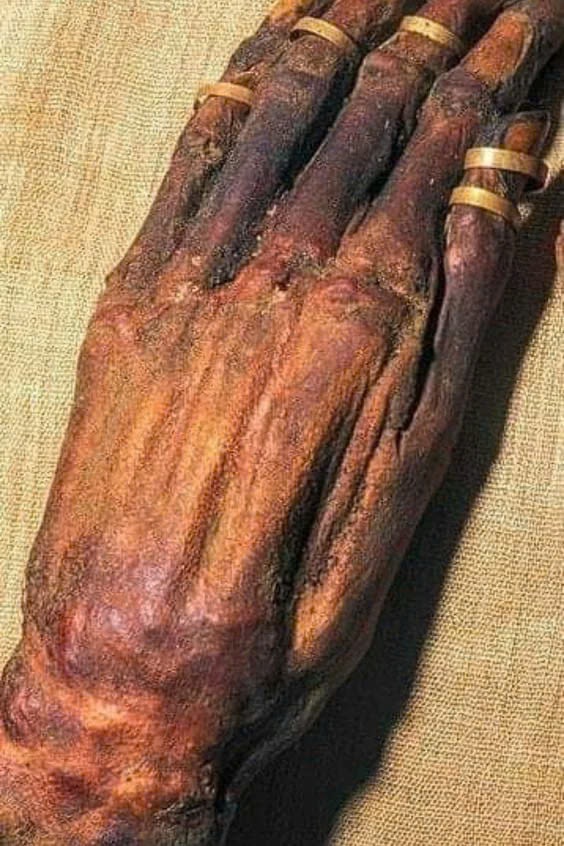Unearthing a Treasure in the Valley of the Kings
In 1905, the sands of Egypt’s Valley of the Kings revealed an extraordinary discovery. British Egyptologist James Edward Quibell unearthed Tomb KV46, which contained the mummies of Yuya and his wife Thuya. This groundbreaking find offered the world unparalleled insight into the lives of ancient Egyptian nobility.

A Courtier’s Final Resting Place
Yuya, a distinguished figure from Akhmim, held prestigious titles such as “King’s Lieutenant” and “Master of the Horse.” As a prophet of Min and Superintendent of Cattle, he played a vital role in both the religious and economic spheres of ancient Egypt.

The Mummy That Rivaled Kings
A Tomb of Unparalleled Splendor
For 16 years, Yuya and Thuya’s tomb was regarded as the most spectacular “untouched” tomb in the Valley of the Kings, until the discovery of Tutankhamun’s tomb in 1922. Despite Yuya not being royal, the tomb’s wealth of artifacts and the extraordinary preservation of the mummies were remarkable for the time.
Yuya’s Mummy: A Window to the Past
Sir Grafton Elliot Smith hailed Yuya’s mummy as one of the finest examples of 18th Dynasty embalming. The preserved body, estimated to have belonged to a man aged 50 to 60 at his death, revealed fascinating details:
- Yellowish, wavy hair, likely bleached by embalming materials.
- The body cavity filled with resin-soaked linen.
- Arms crossed over the chest with extended fingers.
- Carefully prepared eye sockets and eyelids.

A Legacy Preserved Through Time
Traces of Ancient Robbery
Though looted in antiquity, the tomb still contained numerous treasures. Among these was a partially strung necklace of gold and lapis lazuli beads, found behind Yuya’s neck. This relic provided a glimpse into the tomb’s original grandeur and the haste with which ancient thieves plundered the site.

Faces from the Past
The exceptional preservation of Yuya and Thuya’s mummies, particularly their facial features, offers a rare and unprecedented look into the lives of these ancient individuals. This incredible discovery continues to captivate scholars and the public, offering a tangible connection to Egypt’s glorious past.

